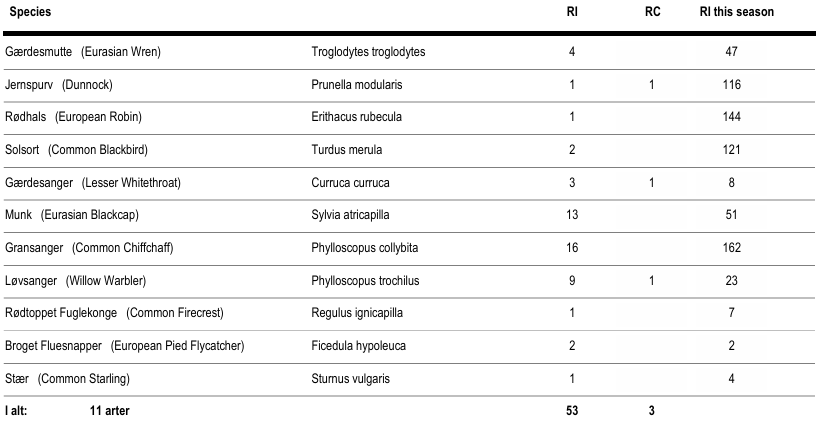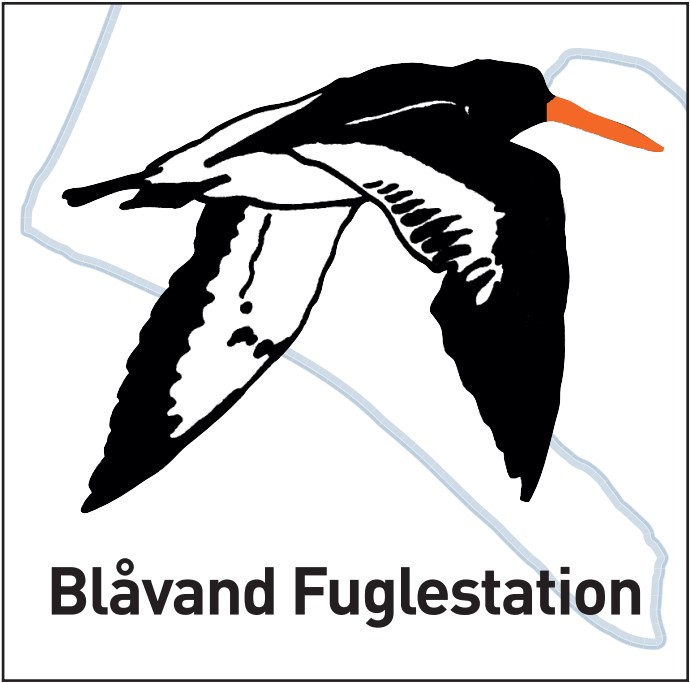Her på Blåvand's blog bringes korte nyheder i dagbogsformat om livet og hændelser på fuglestationen.
Birds in the nets and breeding space for the Little Terns
Today we definitely handled more than 5 birds. Although not a storm, there were quite a few new arrivals. In total 53 new birds and 3 controls. Among the new arrivals were two Pied Flycatchers, the first of the season. There where multiple Blackcaps, Chiffchaffs and Willow Warblers and to top it off a Fire Crest! It has been a while since we have caught everyone’s favourite little bird.
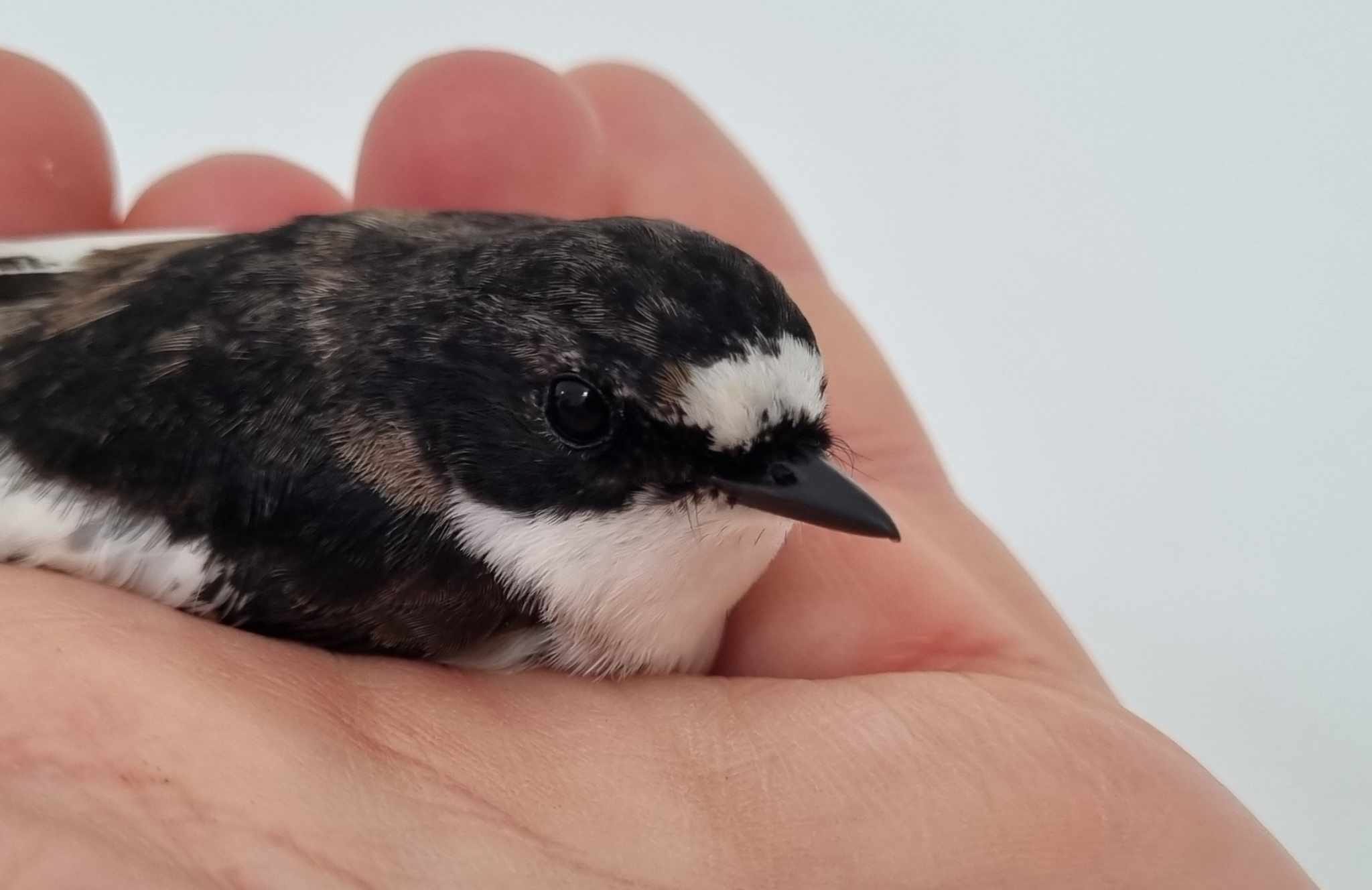
Pied Flycatcher
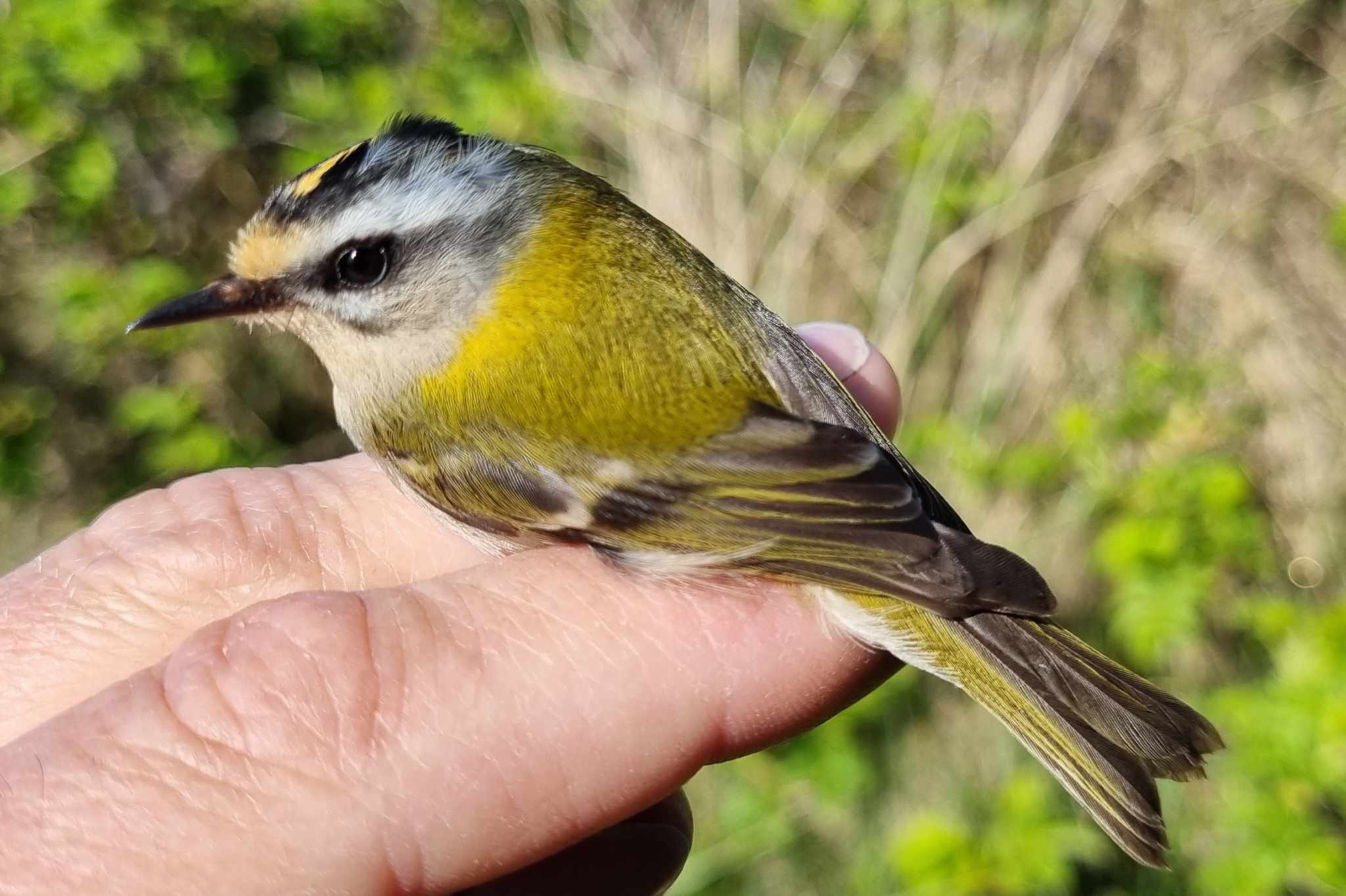
Firecrest
The increase in birds today certainly has given Morten and I some well overdue energy and enthusiasm again. The past two weeks were a slow decent into despair, wandering when the spring numbers would come. Over the days, with each empty round, all we could do was give each other a slightly sarcastic smile and think: no surprise here. The morning observations were done by David and Anders today. It was a cold morning on the beach with little migration observed. Most notable were 700 Terns and a Black Throated diver.
While sitting in the garden enjoying the weather, Morten saw a Wryneck entering one of the birdhouses in the garden! We might actually have them breed in the garden this season, which is exciting news for a Wryneck enthusiast like myself. Morten also spotted another Whitetailed Eagle flyover the station which was a different individual from the previously seen eagles.
In the afternoon Kim Fischer gathered some volunteers from DOF to block off part of the beach to create a breeding area for the Little Tern. Kim has been leading this project for some years now and it is a collaboration between Nationalpark Vadehavet and DOF. With each year of closing of an area more birds have started breeding in the protected area. The Little Tern is not the only species that has been breeding in the fenced of area over the years, Ring Plovers have been breeding in there as well. It is now the hope that the Kentish Plover will start breeding in the protected area as well. It is also worth mentioning that Ringed Plovers have already been seen breeding on the beach.
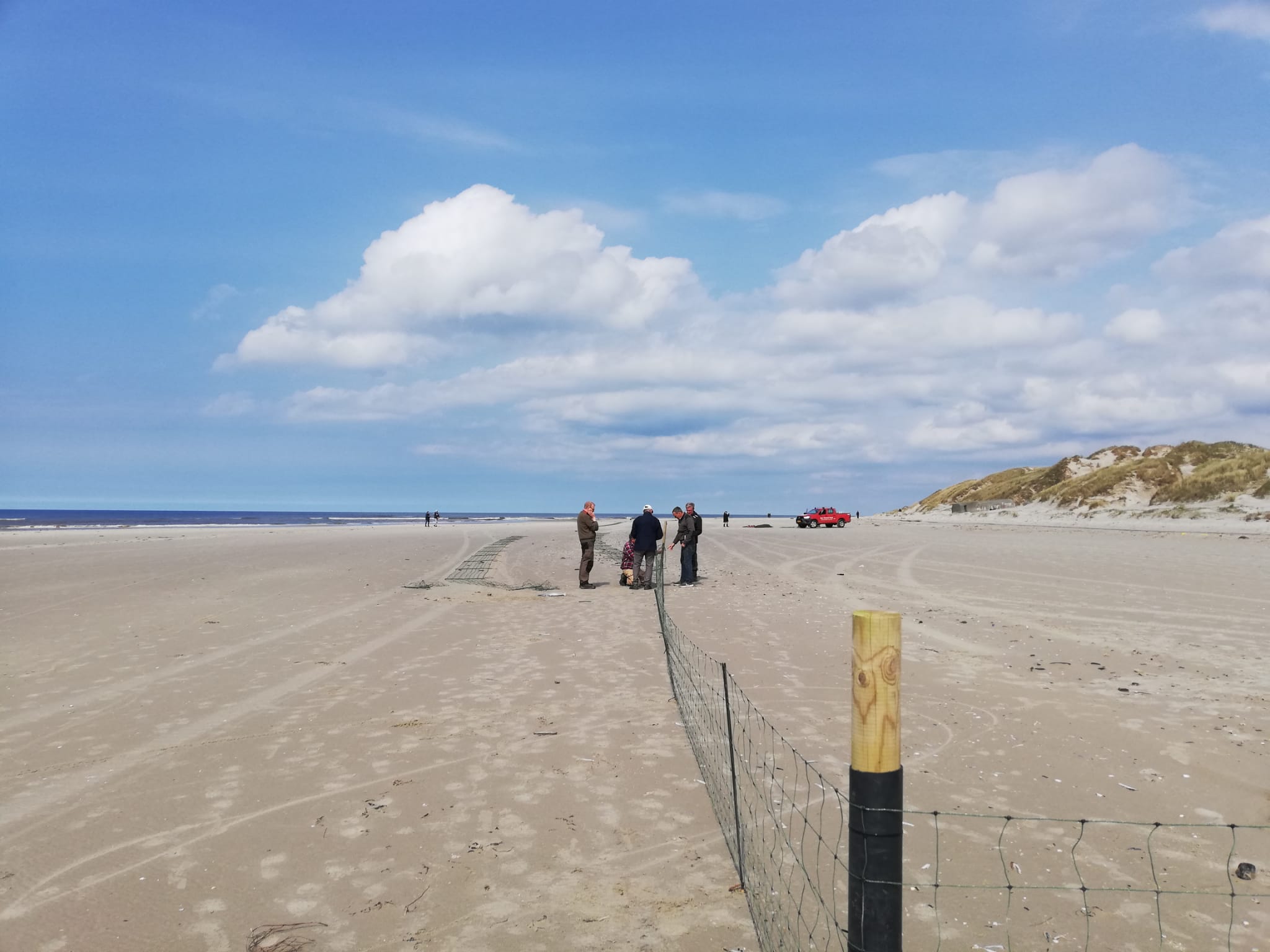
It was quite the undertaking to set the fences up, but many hands make light work. We started early in the afternoon and were done around 17.00 o’clock. First on each corner of the area stakes were placed in the sand and the fences were placed around them. Once that was placed lines were placed around the fence where and electrical current can run through, powered by a solar panel. Since 2022 the fences used, have an electric current run through them so that the Terns are not only protected from people but also from small predators like the Fox. When all the work was finished all the volunteers returned to the station to celebrate their effort with come coffee and cake.
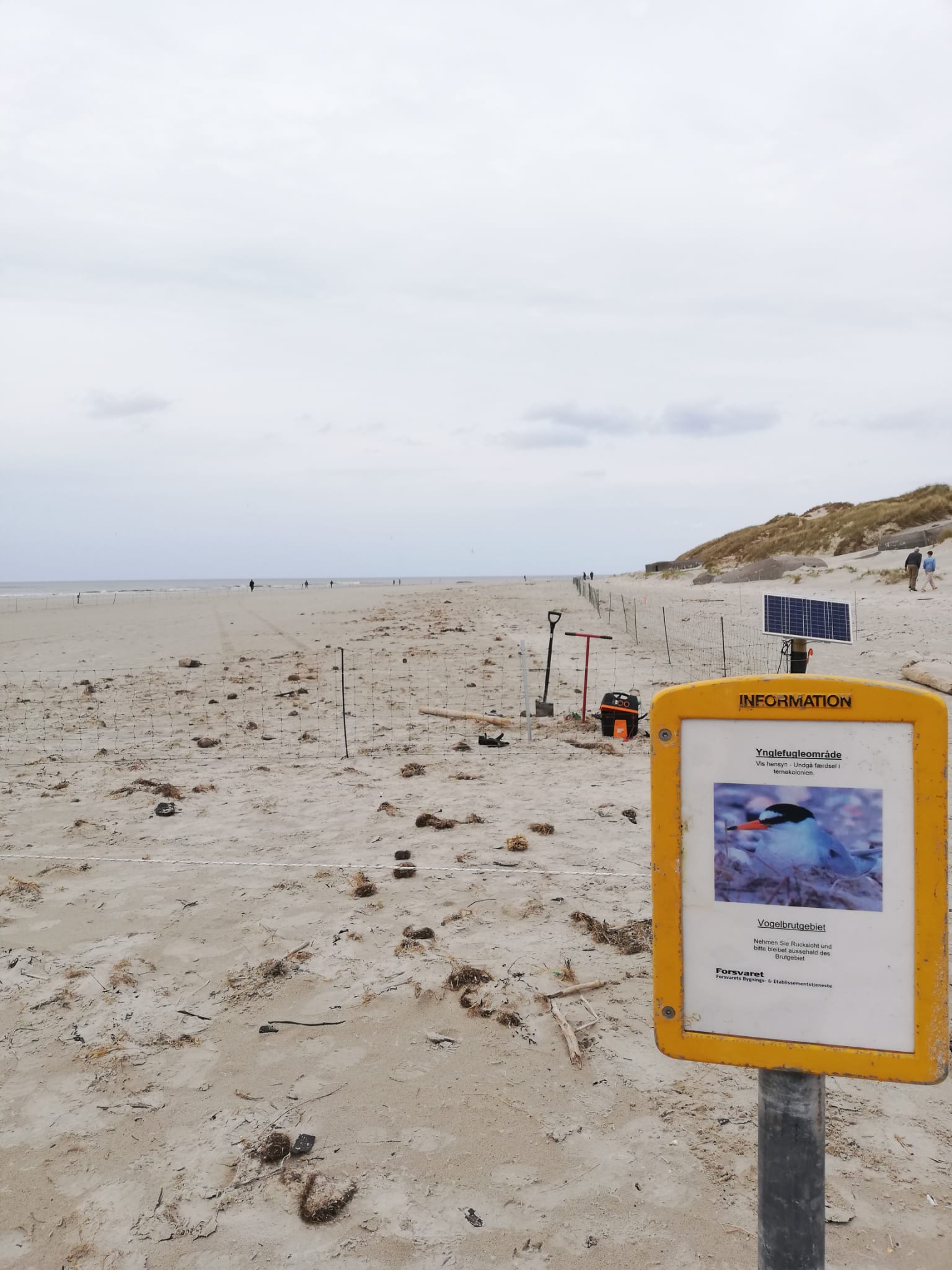
Tomorrow could be a promising day for ringing. Tonight will be a relatively warm night and so will be the morning. Let’s hope for at least another 50 birds in the net!
